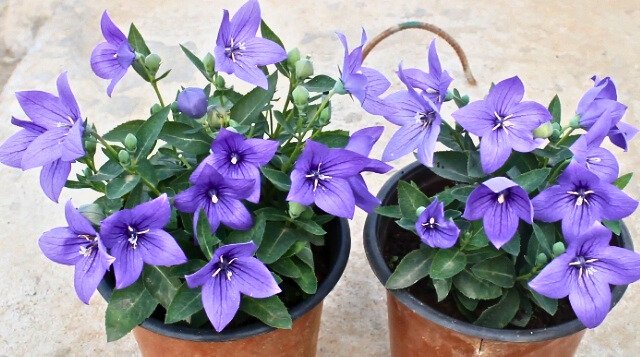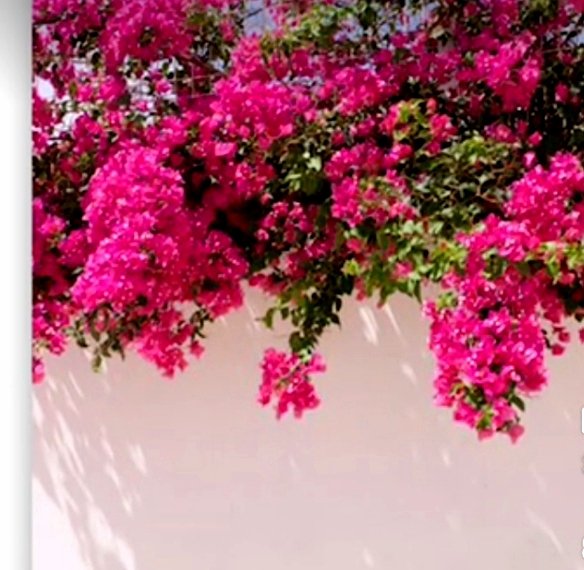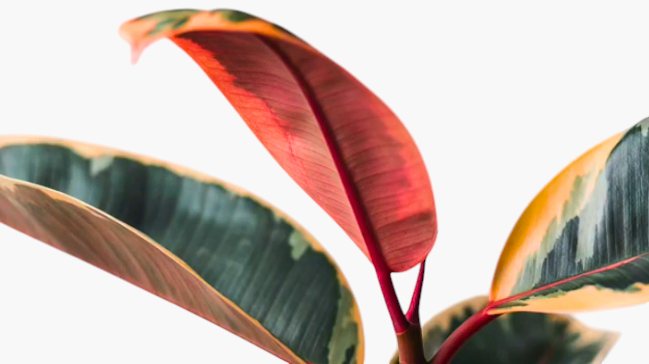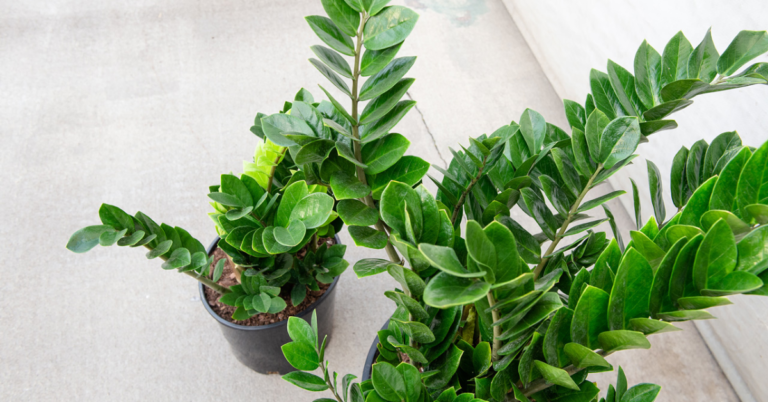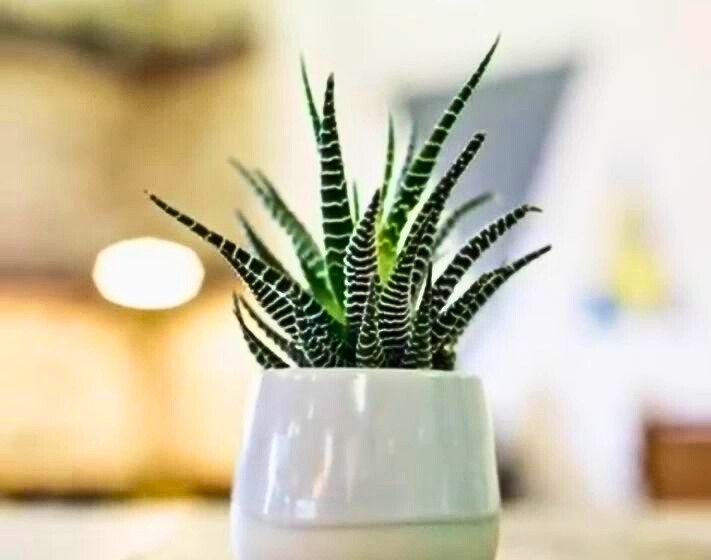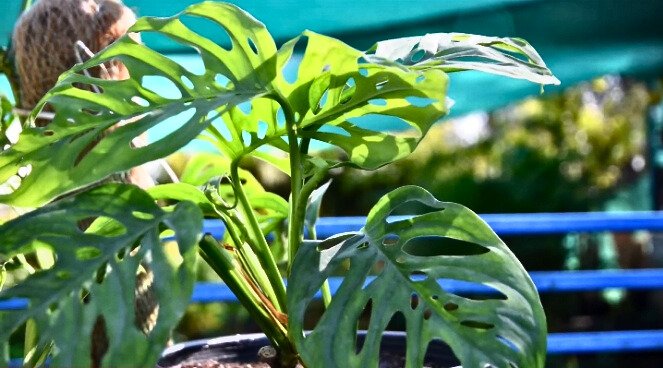Best Purple Plants for Home/Pink Plants
Emphasizing the flora concept, all purple plants are widely considered exotic plants. Even if they are not as prevalent as green plants, and their looks and behaviors are distinct, their study can and should be rewarding. Purple plants can be said to have one of the most appealing colors related to the spectrum of colors in nature, with such connotations of luxury and mystery as regards.

Following this path, this article will present a detailed study of the phenomenon of purple plants, starting with the analysis of their essence, going through the analysis of the functions of these plants, and finally examining how they evolved to work in ways that may seem almost magical.
A Splash of Royalty: The Biology of Purple Plants
The basic truth about purple plants is hidden deep in their color, the pigment. The fruits and vegetables that are purple contain anthocyanins as well as betalains which are their main pigments. They look nearly identical for all intents and purposes but are formed differently and can behave somewhat differently.
The pigments — anthocyanins — are produced from the breakdown of the sugar and are found in plants of virtually all species, and they can vary in color depending on changes in light. Betalains, for instance, are primarily located in cacti and about three other types of vegetation and do not change their color even if placed in a vase.
These pigments play various roles for colored plants with an emphasis on purple ones. The possibility of absorbing one type of light, and reflecting others is not just beneficial to the plants or pink plants but can also protect them from harsh weather conditions.
Further, anthocyanins can also have the function of mediating the dialog between plants and animals: attraction, for instance, pollinators or protection from pests. These ‘corporate’ pigments code over millions of years so that each purple plant species has a range of colors and a unique role.
In the Womb of Nature Purple Delights
A dizzying array of purple plants of countless species exist and are found in a wide range of biomes around the globe, all of them toxifying at some point. These plants have demonstrated marvelous ways of existence from the summits of high mountains to the bottom of the sea. Here are just a few examples of some of the most striking purple plants found in nature:

1. Aiphanes unicorns: This large palm tree species has purple leaves that encase its upward-curving trunk, the leaves give a stunning appearance when there is light on them.
2. Cyanella lutea: Endemic to South Africa, the cyanella lily bears vigorous purple flowers and has pollinating insects, which makes it an essential species in the ecosystem.
3. Morus rubra: This species is also referred to as the purple mulberry tree Because the fruit it bears is rather edible and is purple-black. The tree grows up to 80 feet tall; in addition, it has purple leaves that form a wonderful umbrella.
4. Tillandsia caput-medusae: A type of air plant, the “Medusa’s head comes with wiry leaves and purple colors’.
5. Cynara cardunculus: This thistle plant lives in the Mediterranean region and the flowers are purple and VERY attractive to pollinators.
Growing Purple Plants in Your Garden
Here are some benefits audiences can get when they include purple plants in their garden: Whether you prefer flowers or ornamental leaves, you will find a great variety of perennials and foliage plants, colored in deep purple. Therefore, the best way to go about it…is to do preliminary research on every plant’s requirements before bringing them to your garden. Some popular purple plants for gardening include:
1. Lavender: It is upright, aromatic, and has a fragrant lavender small purple flowers and silvery gray-green foliage.
2. Clematis: A widespread group of climbing plants that are distinguished by different types of purple flowers.
3. Salvia: Salvia is best known for the wonderful purple flowers borne on it and is suitable for attracting pollinators in the garden.
4. Heuchera: These bushy perennials have a variety of purple foliage types which makes it easy to incorporate them into any landscape design.
5. Phlox: An attractive flowering plant with beautiful purple flowers that will add density to your garden area.
Conclusion
You may be surprised to learn that there are many, many plants with purple, and many of them have purple in their palette. Purple plants are indispensable in our environment aside from enabling easy and safe passing through key areas, letting individuals communicate and beautifying gardens.
That’s why it’s important to know about these particular plants and their peculiarities to know the world better and maybe just learn something for the home garden. That’s why the next time you come across a plant with the color purple, just sit a little and have a look at the miracle of nature in these plants.

